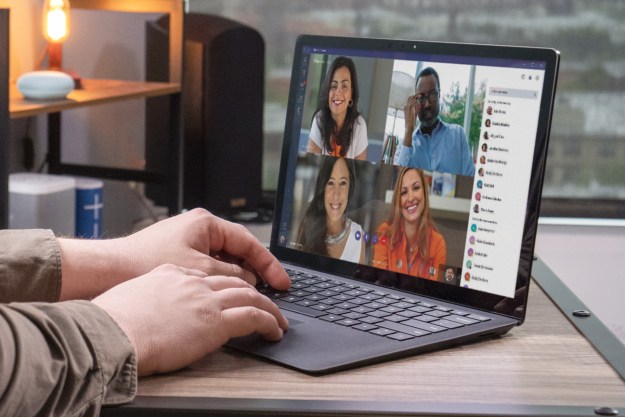One of the dangers of the internet involves clicking links. Even if it appears to be from a trusted source, you never know where a URL might take you once you visit it. That’s why Microsoft is now rolling out phishing protections in Microsoft Teams, so you can worry less about hackers stealing your sensitive information with look-alike links and web pages.
With remote and hybrid work models seeing an increase and Teams use booming over the last year, Microsoft says this latest Teams feature is all about ensuring Teams is “the most secure real-time collaboration platform.” Officially known as Safe Links, the new Teams feature is powered by Microsoft Defender for Office 365. Under the hood, it works by scanning a URL once it is clicked in Teams to make sure it is legitimate and trusted.
Microsoft demos how Safe Links work in the video below. Safe Links has already detected close to 2 million distinct URL-based payloads that attackers create to orchestrate credential phishing campaigns, according to Microsoft.
Hackers, though, often can find a way around these protections by sending redirect links and using other tools which can bypass phishing blocks. Microsoft is a step ahead of this with the Safe Links feature in Teams and the other Microsoft 365 apps. Safe Links can check the URL before you open the page. If the URL doesn’t check out, your web browser will send you to a page with a message like the one seen at the 1:11 mark in the video above.
Safe Links works in conversations, group chats, and channels in Microsoft Teams. The feature is available to Microsoft customers who are using both Microsoft Teams and Microsoft Defender for Office 365. It can be enabled by IT admins by configuring a Safe Links policy in the Microsoft 365 Defender portal.
Safe Links builds on the many protections that Microsoft has already built into Teams. Other examples include conditional access, end-to-end encryption, and even a host of meeting safety controls. “Securing collaboration tools is incredibly important given the evolving nature of work, and Safe Links is just one part of a growing list of security and compliance capabilities,” said Microsoft.
Editors' Recommendations
- Hackers are sending malware through seemingly innocent Microsoft Teams messages
- You can now try out avatars and virtual spaces in Microsoft Teams
- How to use the new communities feature in Microsoft Teams
- This Microsoft Teams exploit could leave your account vulnerable
- Microsoft Teams will now translate your calls — with a catch


